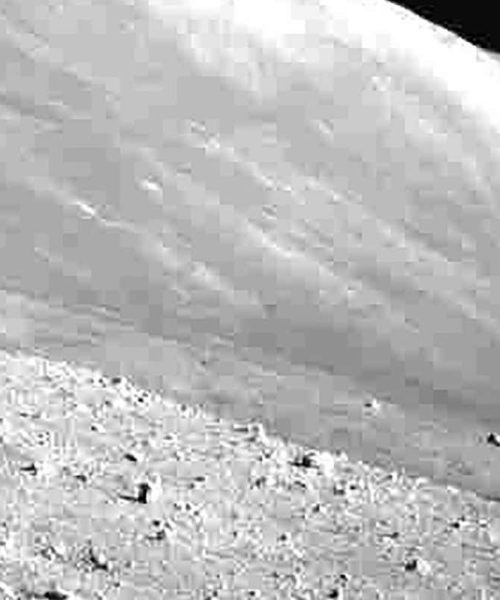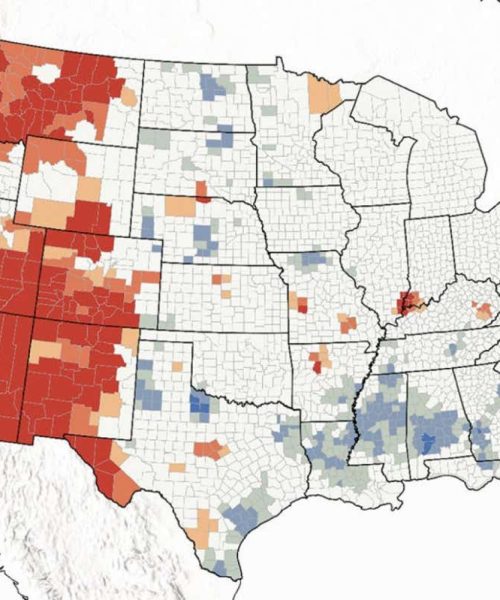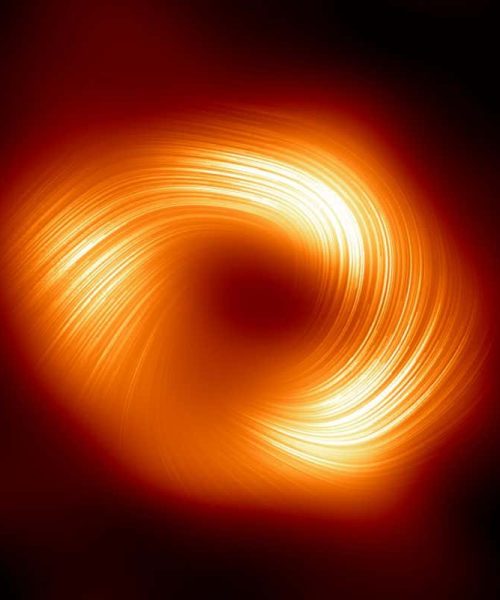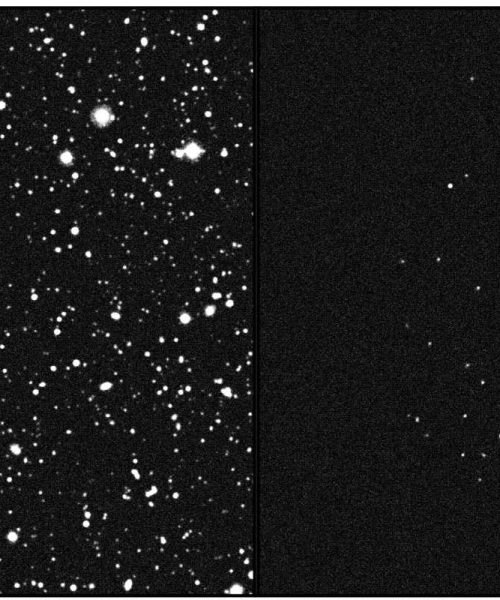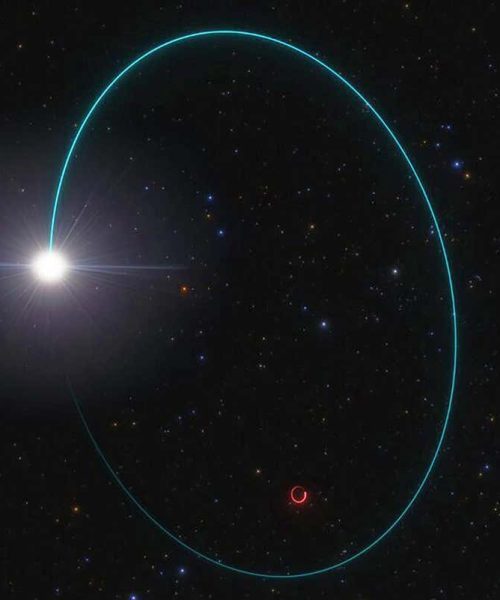
The sun sets in Manchester, UK, on the spring equinox in 2022
Anthony Devlin/Getty Images
Today is the spring, or vernal, equinox in the northern hemisphere, and the autumnal equinox in the southern hemisphere.
What is an equinox?
The equinox happens when the sun crosses the celestial equator, an imaginary line that runs through the sky directly above the equator. This means the sun sits exactly between the hemispheres at this point.
When is the spring equinox in the northern hemisphere?
The equinox isn’t a day but a time. This year, it is at 21:24 GMT on 20 March.
Advertisement
Are day and night equal on the equinox?
You might have heard that day and night are of equal length around the world at the equinox (hence the name), but this isn’t strictly true. In an equinox, there are around 12 hours of daylight and 12 hours of night, but most places on Earth will receive slightly more daylight.
To understand why, we have to think about sunrise and sunset. Sunrise occurs when the upper edge of the sun climbs above the eastern horizon, and sunset when its upper edge dips below the western horizon. The sun has technically risen even when only some of it is visible, and it hasn’t set until all of it has disappeared.
If we defined sunrise and sunset as the time when the centre of the sun rose above the horizon and then dipped away, we would have 12 hours of daylight at the equinox. But we don’t.
There are two reasons for this. First, the sun is a disc, not a point of light. This means that the middle of the sun can be below the horizon, but we still receive sunlight. On the equinox, the centre of the sun is visible for exactly 12 hours in a day. But there are a few minutes after the centre of the sun disappears in which the rest of the sun is visible. Likewise, there are some extra minutes of light at sunrise before the centre of the sun is visible, giving us a slightly longer day.
The other reason concerns the refraction of light by Earth’s atmosphere. At sunset, for instance, the top of the sun stays visible for a few minutes after the sun has actually set, because the light bends as it travels through the atmosphere – and the same happens just before sunrise. This effect adds 6 minutes to the length of the day.
When are day and night equal?
Although day and night aren’t the same length on an equinox, there are days around an equinox when day and night are very close to 12 hours each. These days are called the equilux, but when they happen depends on your latitude.
Just 5 degrees north of the equator, equilux happens on 24 February, whereas at 50 degrees north it happens on 17 March. Likewise, day and night are of almost equal length on 14 April at 5 degrees south of the equator, while at 60 degrees south, it happens on 22 March.
Topics:
